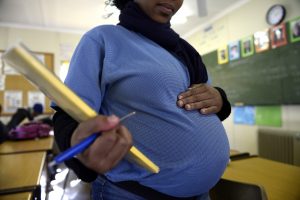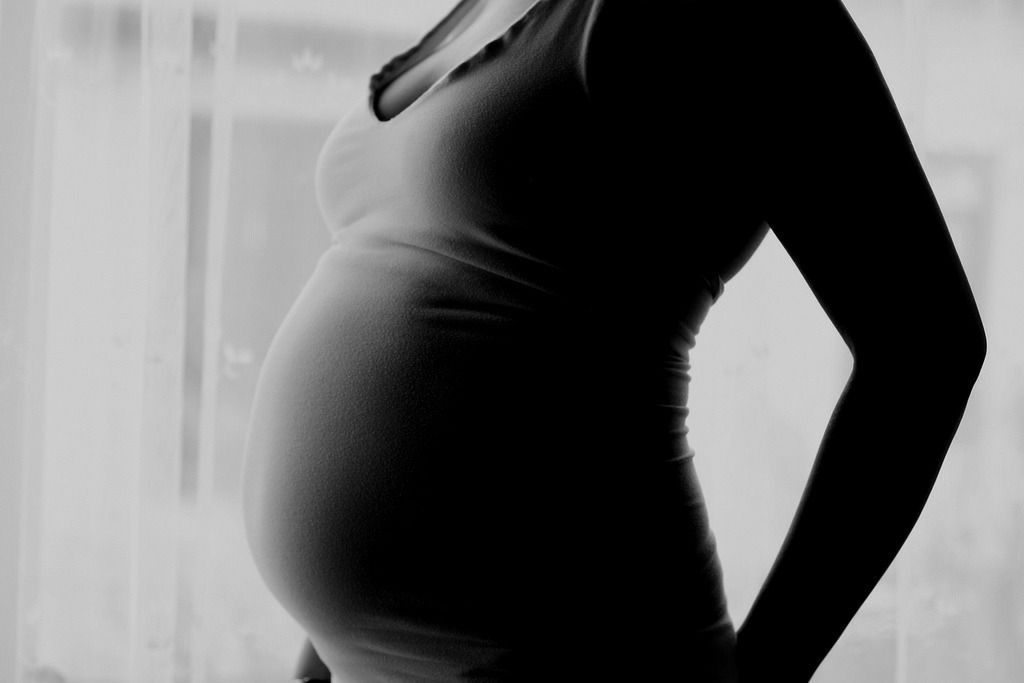Asma Mohamed Hassan had almost given up on having a second child. Then suddenly, almost 15 years after she gave birth to her firstborn, the pregnancy test was positive.
“I couldn’t believe it,” she says.
She was expecting her second child at the age of 34. While she had been physically active during her first pregnancy as a 20-year-old, this time it was different.
“I was so sick. I was just lying on the couch for five months, feeling nauseous all the time,” Asma recalls as she points to the sofa in her spartan but adequate home in Magomeni Kagera.
Then, far into her 9th month of pregnancy, Asma went to the hospital to have her delivery kick-started. As she waited in a hospital bed with a salt-water drip in her arm, she noticed that nothing moved in her stomach. Her baby was still. “Haraka! This is an emergency!” a doctor called out, as she was rushed to the operating room where she delivered by caesarean section.
“I already thought I was losing the baby. Had I not been in a hospital, we would have both died,” says Asma who is now 49 years old with two boys aged 30 and 14.

Asma had reached the age of 35 when she gave birth, which marks an increased risk of maternal mortality, according to the Demographic and Health Survey of 2015-2016 by the National Bureau of Statistics (NBS). Women who are under 18 or above 34 years at the time they give birth are at larger risk, and so are their infants, the report states.
However, the maternal death rate is highest among women who are between 35 and 39 years at the time of delivery. The highest death rate is found among women in their 40s, where 1.6 out of 1000 women die of causes related to maternity. Statistically, adolescents are less likely to suffer a maternal death, with 0.3 deaths per 1000 women aged 15 to 19.
In Asma’s age class, from 35 to 39 years, 1.4 out of 1000 randomly selected women die due to childbearing. And Asma is far from the only woman ever to give birth in her 30s or 40s.
The report by NBS states that, generally, 147 children are born among every 1000 women aged 35 to 39. Among slightly older women between 40 and 44, 75 births take place per every 1000 women.
According to Doctor Sigfrid Ishengoma who works at the maternity ward at Mpwapwa District Hospital, older women are often at greater risk because they have delivered many times.
“We have women here who are 35 and 45 years old, and others are only 32 years old, but you find that they have delivered up to 10 times. As you deliver several times, it becomes riskier because the uterus becomes weaker. If the uterus ruptures, the foetus will die and the mother will lose a lot of blood,” Dr Ishengoma says. If the woman does not make it to a hospital in time, she is likely to die due to blood loss, he elaborates.
While the risk of maternal death increases with age and the number of deliveries, large gaps in between pregnancies are also likely to cause complications, as in the case of Asma’s second birth.
“If you wait for 15 years, the pelvis begins to be stiff. And because of the stiffness, it won’t stretch during labour and the mum cannot push the baby out. That is why we advise women to become pregnant at 23 to 24 and space pregnancies with two years. Then after 4 births, we group them as risky,” Dr Ishengoma says.
Young mothers face different risks
Although it is commonly accepted that teenage pregnancies entail a great risk for the mother because of her immature physique, data shows that the maternal mortality rate is significantly higher among older women than among teenagers.
A global study by researchers from University of Southampton and the UN Population Fund also finds that the risk of dying due to childbearing in Africa is highest for women above 30 years, while teenagers only have a slightly higher maternal death rate compared to women in their early 20s. The researchers refer to the risk rate as a J-shaped curve, which starts off slightly higher, decreases a little and then grows significantly.
Still, although teenagers have a higher survival rate, this does not include their babies. Data from NBS shows that teenage mothers are more likely to lose their baby than women in their 30s. The number of infants who die during their first month or before the mother delivers is just above 50 per 1000 births when the mother is under 20 years old or above 40. In comparison, about 35 of 1000 infants don’t make it beyond their first month, when the mother is in her 20s or 30s.
The importance of planning
According to Dr Ishengoma, the young mothers in Mpwapwa District often suffer from fistula which can cause a prolonged and complicated labour. This increases their risk of giving birth to stillborn babies.
Although the district hospital helps to alleviate the pain of both young and old mothers, Dr Ishengoma believes that a general awareness is needed to prevent deaths among women and infants.
“Health education and family planning ought to be taught already at primary school level. As it is now, there are many rumours from uneducated people who don’t want to use family planning,” he says.
A national strategic plan to decrease maternal and child death between 2008 and 2015 has also found that longer intervals between pregnancies could prevent 20 to 35 per cent of all maternal deaths.
The Ministry of Health, Community Development, Gender, Elderly and Children has committed to increasing the budget for family planning from 14 billion in 2017/18 to 17 billion by 2020. However, as The Citizen has reported, the NGO Sikika alleges that funds from the 2017/18 budget have not yet been fully disbursed.

